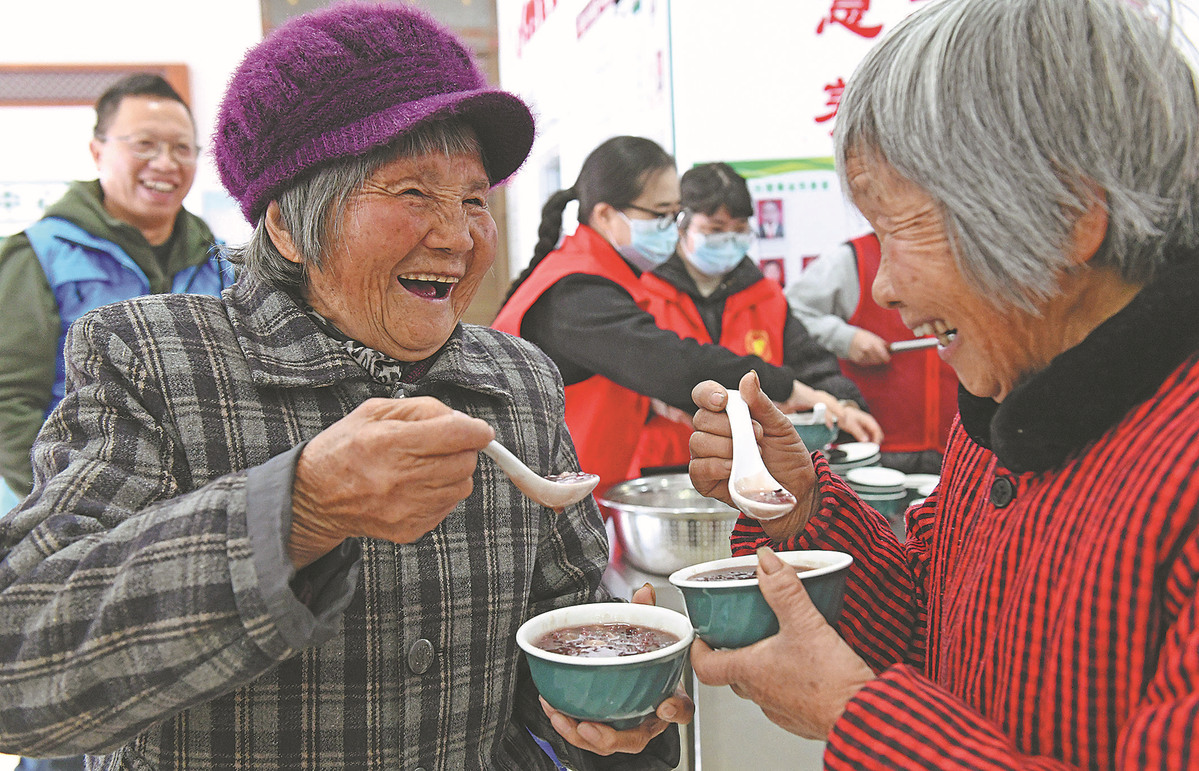Meeting needs of elderly drives development of 'silver economy'
BEIJING YOUTH DAILY | Updated: 2024-01-18 07:05

The State Council, China's Cabinet, recently released a guideline outlining a variety of measures to promote the development of the "silver economy", economic activities that offer products or services for the elderly.
By the end of 2022, the number of elderly people aged 60 and above reached 280 million in the country, roughly 20 percent of its total population. Of the group, about 210 million are over 65 years old. It is estimated that by 2050, the country will have a population of 509 million aged 60 and above. The aging of society in China will be a basic national condition for a long time to come.
The country's social security expenditure has been increasing at the same time, and the contradiction between supply and demand of elderly care and health services has become increasingly prominent. It is imperative for the country to respond to the aging population and develop the "silver economy" by constructing a sustainable multilevel social security system, improving the elderly service and healthcare system, and building a policy system and social environment friendly to senior citizens.
The willingness and ability of the elderly to consume have been enhanced, and the consumption pattern has become diversified, increasing the demand for healthcare, continuing education, and cultural and sports tourism. The elderly's demand for e-commerce, telemedicine, and smart elderly care services has grown, producing great potential for the faster development of the "silver economy".
The country should promote the development of the industries related to elderly care services on the policy level, extend more support to them and encourage the research and development of products for the elderly, the agglomeration of related industries, and the planning of a number of key areas for the development of the "silver economy". Increasing the proportion of the "silver economy" in the country's GDP will also help stimulate domestic demand, cultivate emerging industries and promote employment.
Compared with the various needs generated by its aging population, there is still much room for the country to develop its "silver economy". For example, more efforts are yet to be made to resolve the shortage of products, the low quality, unreasonable supply structure, as well as nonstandardized market order and imperfect service system.
Currently the scale of China's "silver economy" is about 7 trillion yuan ($973 billion). It is expected to reach 30 trillion yuan by 2035. This underscores the need for the country to tap the huge potential through both government measures and the law of the market.
BEIJING YOUTH DAILY
























